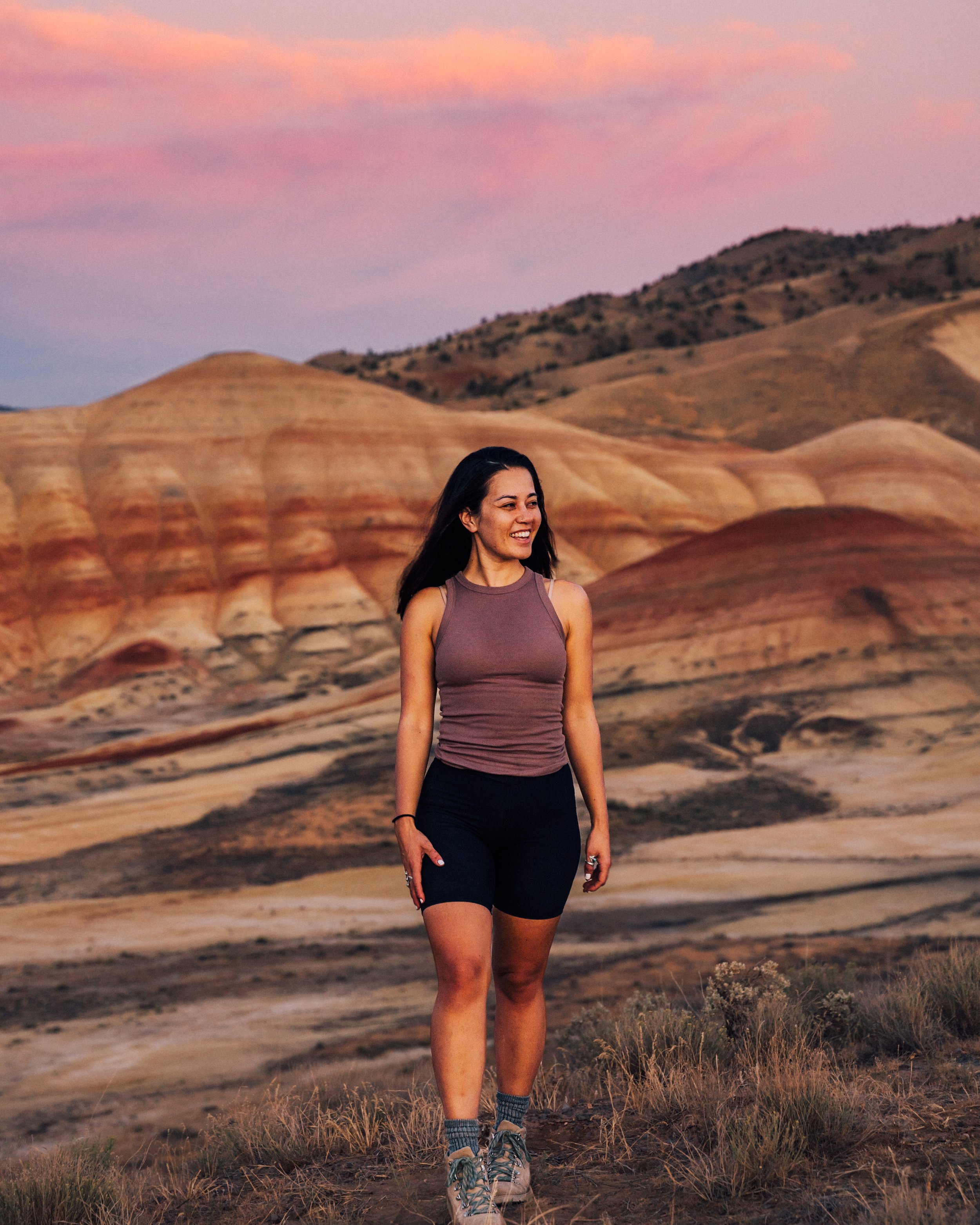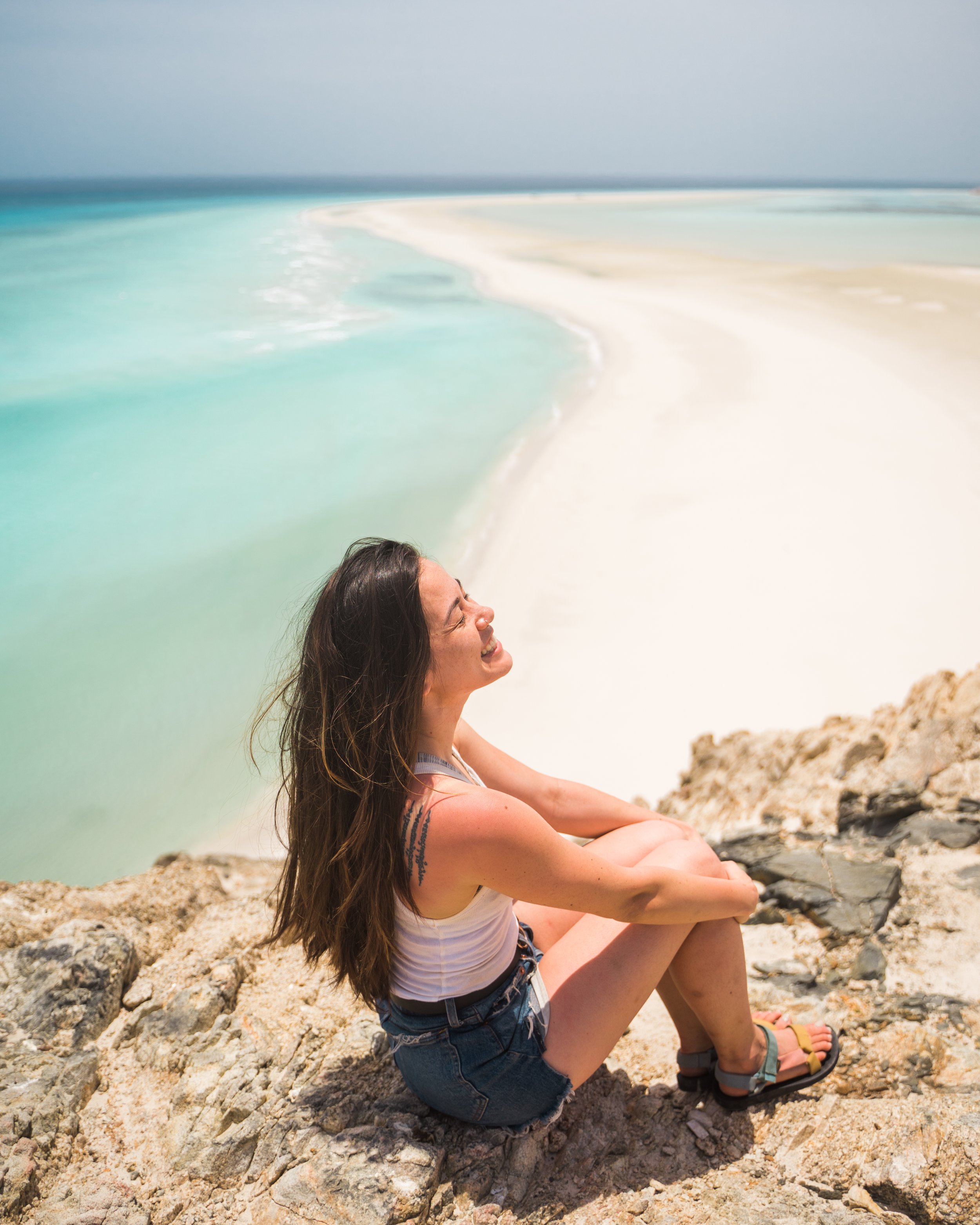COMOROS
A tiny cluster of islands in the Indian Ocean, the Comoros Islands are a unique off-the-beaten-path destination with gorgeous beaches and friendly smiles. Comoros wasn’t really on my radar until my plans to visit Malawi were cancelled and I had to find another destination that Ethiopian Airlines flew to, and was open during this time.
Entry Requirements
PCR Test Within 72 Hours Of Arrival
Health Declaration Form
Visa On Arrival Application
VISA ON ARRIVAL
The VOA application is relatively new at no extra cost; if you’re staying at a local guesthouse this must be filed with a local guide, otherwise if you’re staying at a major hotel like The Golden Tulip there’s no need for this. My guide had to go to immigration with my passport and airline ticket info and file the paperwork. He then sent me the application confirmation signed and stamped. The VOA is 30€/$50. Highly recommended to bring Euros since USD does not exchange well. Also went to four ATMs around Moroni and the only one that worked was Exim Bank.
I spent 3 full days in Grand Comoros; I found it to be quite pricey as a budget traveller so I didn’t go to the other island Moheli unfortunately, but I hear it’s incredible to watch the turtles hatch on the beach and stay at Laka Lodge. There’s 2 main hotels in Grand Comoros, but my guide fixed a guest house for 40€/night near the Golden Tulip. Once I spoke to the guest house owner I realized that my guide was up-charging a lot so it’s a lot cheaper to contact the owner directly. It was perfect to be able to walk over and use the wifi at the Golden Tulip and hang out at their private beach. I also got a Huri sim card for 10€.
When my guide picked me up from the airport, he took me into Moroni to sign my name in to take a PCR test the next morning. Since there’s only 1 place in the whole country to take a PCR, there’s hundreds of people that line up everyday so you need to allot 3 days at least for them to process your test. Luckily the guesthouse owner was able to make some phone calls to get my name at the top of the list. It used to be a lot cheaper but with the huge number of people trying to take PCRs, it’s now 100€ — they put the date of the PCR as the date of your flight so you don’t have to worry about it expiring. My guide told me that he had a guest that only spent 1 day in Comoros and they pretty much spent the full day doing the covid test and having to personally deliver everything to the lab for 250€, but this is not recommended and was nearly impossible to pull off.
The next morning my guide picked me up at 6 AM to take me to the testing center; even though we were there early (it opened at 8 AM) there was already over 100 people lined up. He mentioned that everyone is vaccinated and “there’s no covid anymore,” but a lot of locals are traveling now for work, which is why there’s a huge influx of testing. I was nervous that something would’ve happened and I wouldn’t get to take the test first since I didn’t see my name on the sign-up sheet, but luckily they did call my name! Afterwards he took me around the island for a day-trip and saw all the main sights: the kissing rock, Bouni beach, Lac du sâl, Mitsamouli beach.
On the last day, my guide picked up my PCR test results in Moroni then dropped me off at the airport. I’ll share more soon, but for now, I hope this helps someone looking to visit these gorgeous islands!

























